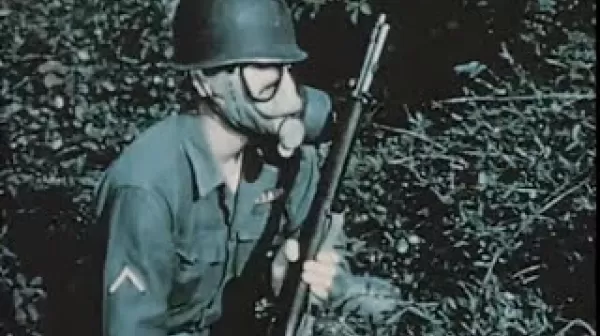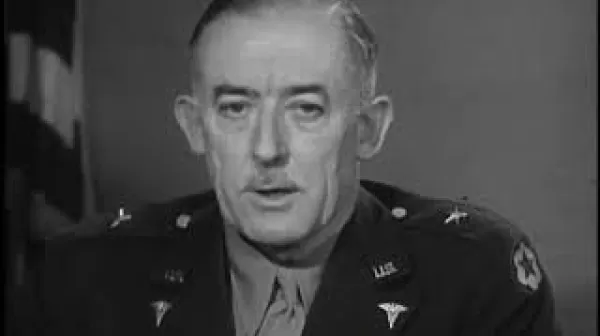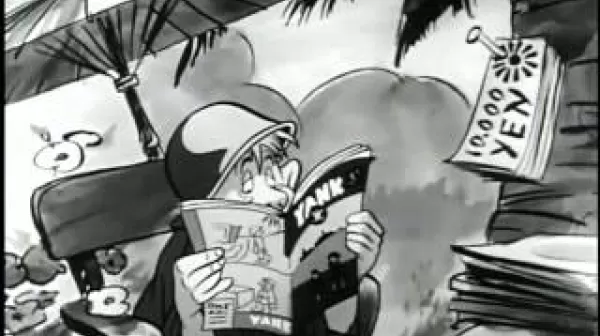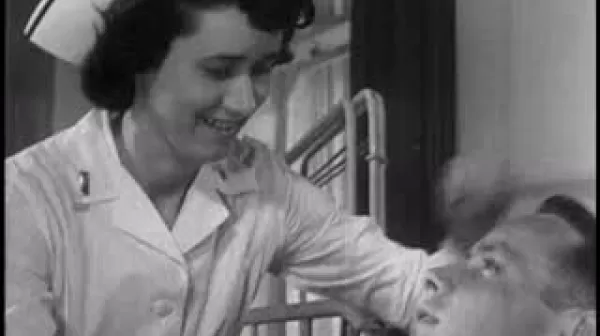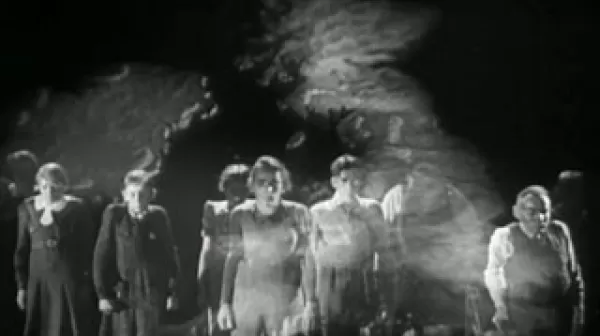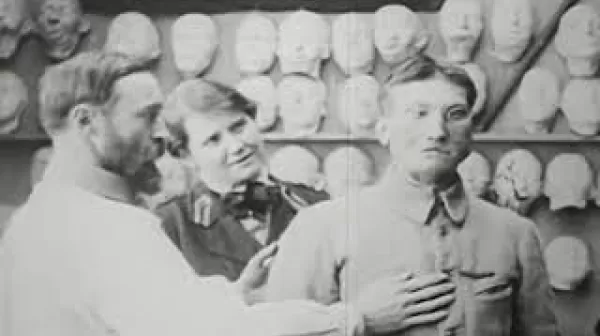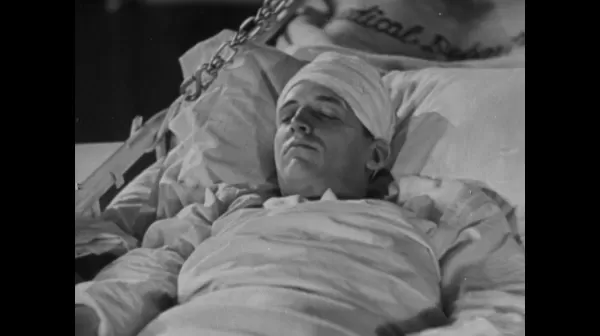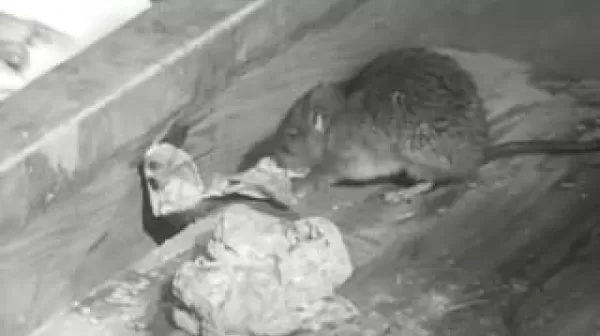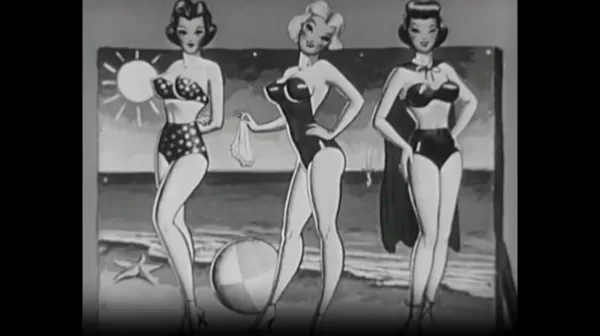Vulnerability to Covert Attack (U.S. Army Chemical Corps, 1959)
This film describes the vulnerability of population centers to covert biological warfare, identifying ways in which nerve gas or other agents could be unleashed on a populated area. The physiological effects of nerve gas and psychochemicals such as LSD on animals and humans are shown, with extensive footage of live animal experiments using rabbits, cats, and goats in open areas (a trench) and closed vehicles (a tank). Soldiers are shown attempting to march in formation before and after ingesting LSD.

